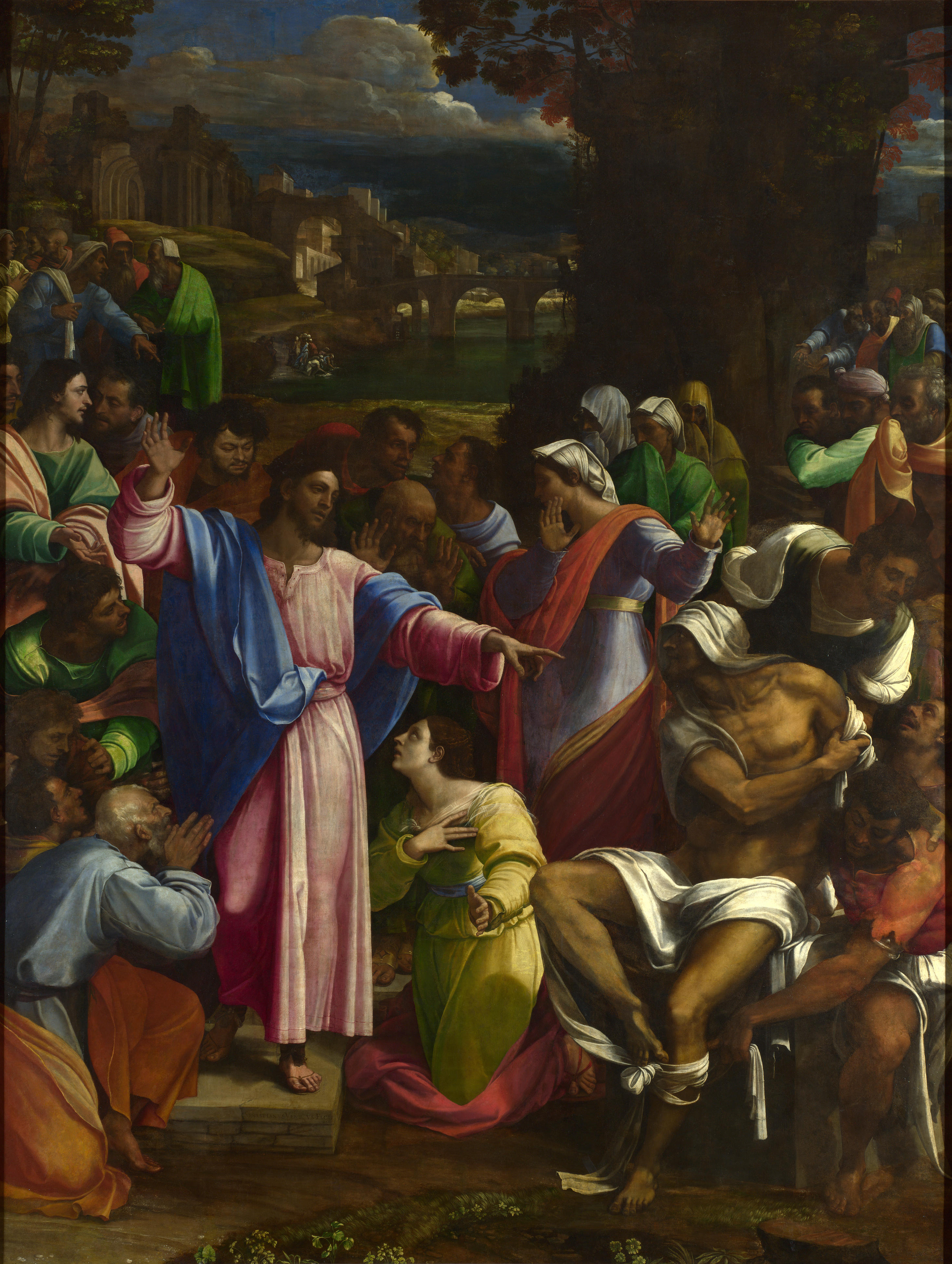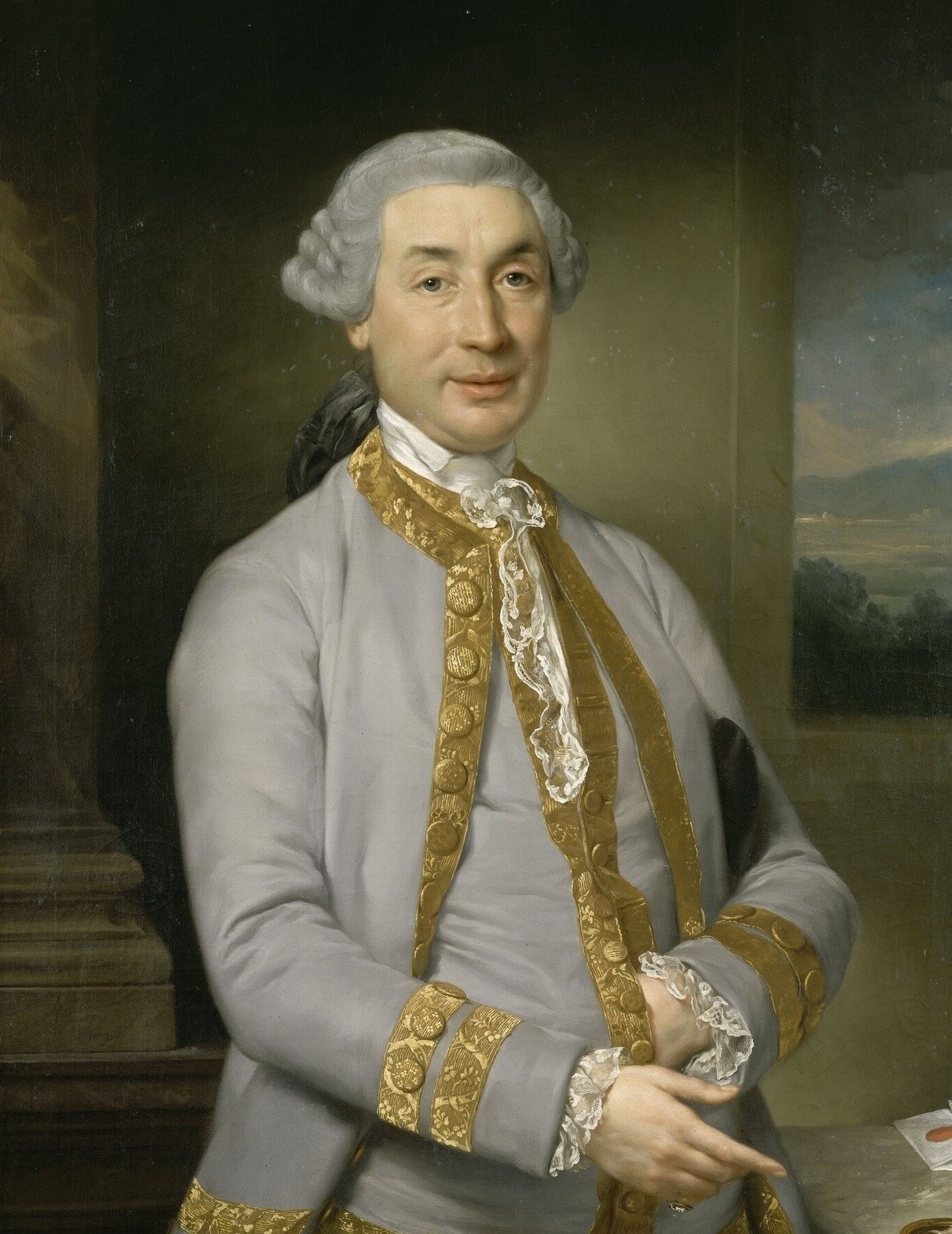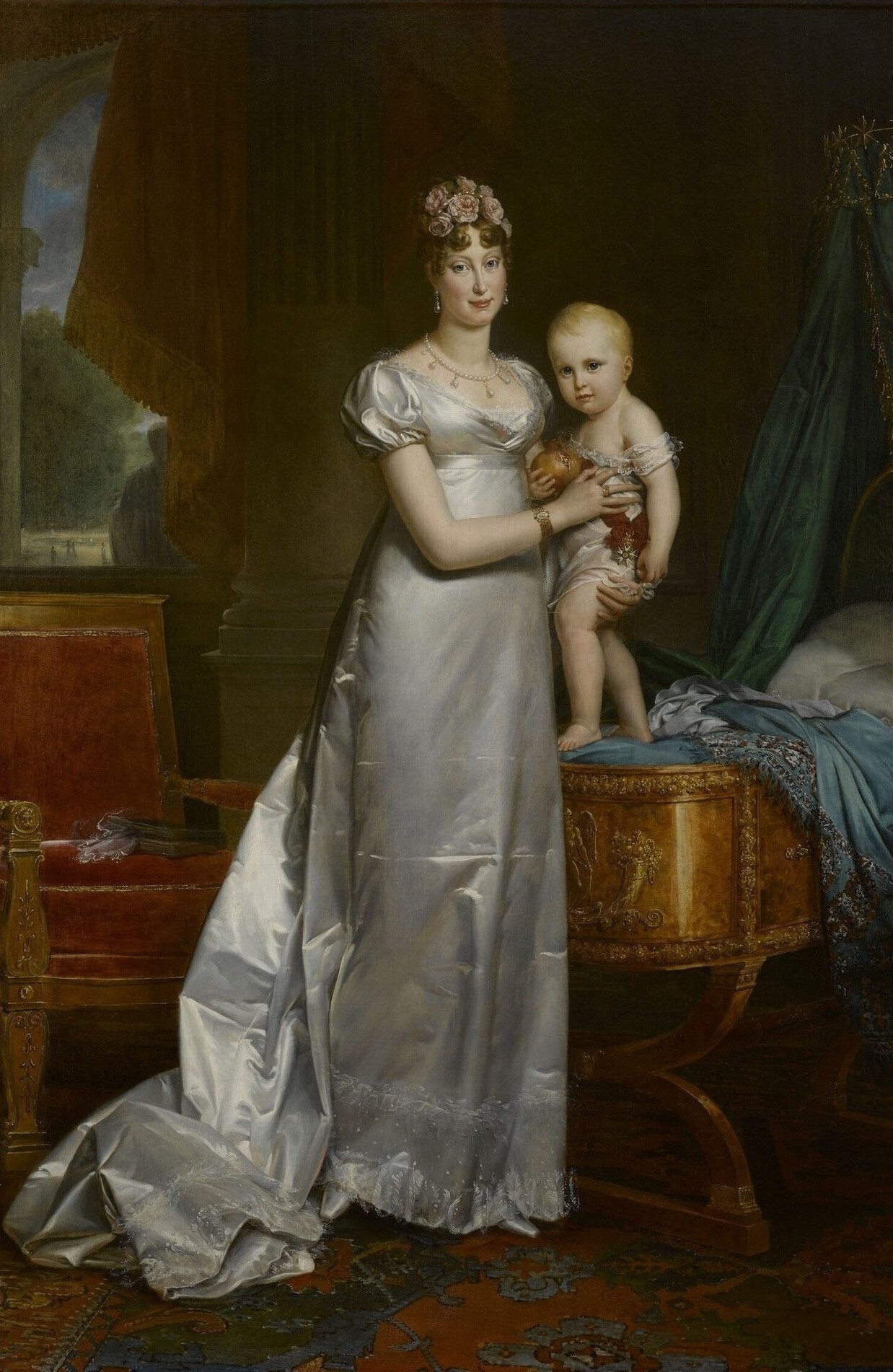|
Pentimenti
A pentimento (plural pentimenti), in painting, is "the presence or emergence of earlier images, forms, or strokes that have been changed and painted over". The word is , from the verb , meaning 'to repent'. Significance Pentimenti may show that a composition originally had an element, for example, a head or a hand, in a slightly different place, or that an element no longer in the final painting was originally planned. The changes may have been done in the underdrawing of the painting, or by the visible layers of paint differing from the underdrawing, or by the first painted treatment of the element having been over-painted. Some pentimenti have always been visible on the final painting with careful inspection; others are revealed by the increasing transparency that some paint acquires after several centuries. Others, especially in the underdrawing, can only be seen with modern methods such as X-rays and infrared reflectography and photographs. These are able to record photogr ... [...More Info...] [...Related Items...] OR: [Wikipedia] [Google] [Baidu] |
Infrared Reflectography
Infrared (IR), sometimes called infrared light, is electromagnetic radiation (EMR) with wavelengths longer than those of visible light. It is therefore invisible to the human eye. IR is generally understood to encompass wavelengths from around 1 millimeter (300 GHz) to the nominal red edge of the visible spectrum, around 700 nanometers (430 THz). Longer IR wavelengths (30 μm-100 μm) are sometimes included as part of the terahertz radiation range. Almost all black-body radiation from objects near room temperature is at infrared wavelengths. As a form of electromagnetic radiation, IR propagates energy and momentum, exerts radiation pressure, and has properties corresponding to Wave–particle duality, both those of a wave and of a Subatomic particle, particle, the photon. It was long known that fires emit invisible heat; in 1681 the pioneering experimenter Edme Mariotte showed that glass, though transparent to sunlight, obstructed radiant heat. In 1800 the ... [...More Info...] [...Related Items...] OR: [Wikipedia] [Google] [Baidu] |
Salvator Mundi (Leonardo)
''Salvator Mundi'' () is a painting attributed in whole or in part to the Italian High Renaissance artist Leonardo da Vinci, dated to . Long thought to be a copy of a lost original veiled with overpainting, it was rediscovered, restored, and included in a major exhibition of Leonardo's work at the National Gallery, London, in 2011–2012. Christie's claimed just after selling the work that most leading scholars consider it to be an original work by Leonardo, but this attribution has been disputed by other leading specialists, some of whom propose that he only contributed certain elements; and others who believe that the extensive damage prevents a definitive attribution. The painting depicts Christ in an anachronistic blue Renaissance dress, making the sign of the cross with his right hand, while holding a transparent, non-refracting crystal orb in his left, signaling his role as ''Salvator Mundi'' and representing the 'celestial sphere' of the heavens. Approximately thirty co ... [...More Info...] [...Related Items...] OR: [Wikipedia] [Google] [Baidu] |
X-ray
X-rays (or rarely, ''X-radiation'') are a form of high-energy electromagnetic radiation. In many languages, it is referred to as Röntgen radiation, after the German scientist Wilhelm Conrad Röntgen, who discovered it in 1895 and named it ''X-radiation'' to signify an unknown type of radiation.Novelline, Robert (1997). ''Squire's Fundamentals of Radiology''. Harvard University Press. 5th edition. . X-ray wavelengths are shorter than those of ultraviolet rays and longer than those of gamma rays. There is no universally accepted, strict definition of the bounds of the X-ray band. Roughly, X-rays have a wavelength ranging from 10 nanometers to 10 picometers, corresponding to frequencies in the range of 30 petahertz to 30 exahertz ( to ) and photon energies in the range of 100 eV to 100 keV, respectively. X-rays can penetrate many solid substances such as construction materials and living tissue, so X-ray radiography is widely used in medi ... [...More Info...] [...Related Items...] OR: [Wikipedia] [Google] [Baidu] |
Jacques Marquet De Montbreton De Norvins
Jacques Marquet de Montbreton, baron de Norvins (Paris, 18 June 1769 - Paris, 30 July 1854) was a French politician and writer, also a soldier, lawyer and administrator. Born into a wealthy family of tax farmers, after Napoleon came to power, Norvins became and remained a firm supporter, serving as Napoleon's Chief of Police in French-occupied Rome from 1810-14. Ingres portrait A portrait of Jacques de Norvins in the National Gallery, London was painted by Ingres in 1811–12, when the sitter was Napoleon's Chief of Police in Rome. Originally, instead of the curtain at the left, there was a fully painted bust of a boy's head on top of a small column. Probably this was a bust of Napoleon's son, who was known as the King of Rome. The presumption is that this was overpainted with the curtain after the fall of Napoleon, either by Ingres himself, or another artist. The bust can just be made out in the enlarged online photo, with its chin level with the sitter's hair-line; the top o ... [...More Info...] [...Related Items...] OR: [Wikipedia] [Google] [Baidu] |
The Lute Player (Caravaggio)
''The Lute Player'' is a composition by the Italian Baroque master Caravaggio. It used to exist in two versions, one in the Wildenstein Collection and another in the Hermitage Museum, St. Petersburg. However, a third from Badminton House, Gloucestershire, came to light in 2007. Background Caravaggio's early biographer Giovanni Baglione gives the following description of a piece done by the artist for his patron Cardinal Francesco Del Monte: E dipinse er il Cardinale Del Monte�� anche un giovane, che sonava il Lauto, che vivo, e vero il tutto parea con una caraffa di fiori piena d’acqua, che dentro il reflesso d’ua fenestra eccelentemente si scorgeva con altri ripercotimenti di quella camera dentro l’acqua, e sopra quei fiori eravi una viva rugiada con ogni esquisita diligenza finta. E questo (disse) che fu il piu bel pezzo, che facesse mai. ("He also painted or Cardinal Del Montea young man, playing the Lute, who seemed altogether alive and real with a carafe of flo ... [...More Info...] [...Related Items...] OR: [Wikipedia] [Google] [Baidu] |
Van Eyck - Arnolfini Portrait
A van is a type of road vehicle used for transporting goods or people. Depending on the type of van, it can be bigger or smaller than a pickup truck and SUV, and bigger than a common car. There is some varying in the scope of the word across the different English-speaking countries. The smallest vans, microvans, are used for transporting either goods or people in tiny quantities. Mini MPVs, compact MPVs, and MPVs are all small vans usually used for transporting people in small quantities. Larger vans with passenger seats are used for institutional purposes, such as transporting students. Larger vans with only front seats are often used for business purposes, to carry goods and equipment. Specially-equipped vans are used by television stations as mobile studios. Postal services and courier companies use large step vans to deliver packages. Word origin and usage Van meaning a type of vehicle arose as a contraction of the word caravan. The earliest records of a van as a vehicle ... [...More Info...] [...Related Items...] OR: [Wikipedia] [Google] [Baidu] |
Jean Auguste Dominique Ingres
Jean-Auguste-Dominique Ingres ( , ; 29 August 1780 – 14 January 1867) was a French Neoclassical painter. Ingres was profoundly influenced by past artistic traditions and aspired to become the guardian of academic orthodoxy against the ascendant Romantic style. Although he considered himself a painter of history in the tradition of Nicolas Poussin and Jacques-Louis David, it is his portraits, both painted and drawn, that are recognized as his greatest legacy. His expressive distortions of form and space made him an important precursor of modern art, influencing Picasso, Matisse and other modernists. Born into a modest family in Montauban, he travelled to Paris to study in the studio of David. In 1802 he made his Salon debut, and won the Prix de Rome for his painting '' The Ambassadors of Agamemnon in the tent of Achilles''. By the time he departed in 1806 for his residency in Rome, his style—revealing his close study of Italian and Flemish Renaissance masters—wa ... [...More Info...] [...Related Items...] OR: [Wikipedia] [Google] [Baidu] |
Palimpsest
In textual studies, a palimpsest () is a manuscript page, either from a scroll A scroll (from the Old French ''escroe'' or ''escroue''), also known as a roll, is a roll of papyrus, parchment, or paper containing writing. Structure A scroll is usually partitioned into pages, which are sometimes separate sheets of papyrus ... or a book, from which the text has been scraped or washed off so that the page can be reused for another document. Parchment was made of lamb, calf, or goat, kid skin and was expensive and not readily available, so, in the interest of economy, a page was often re-used by scraping off the previous writing. In colloquial usage, the term ''palimpsest'' is also used in architecture, archaeology and geomorphology to denote an object made or worked upon for one purpose and later reused for another; for example, a monumental brass the reverse blank side of which has been re-engraved. Etymology The word ''palimpsest'' derives from the Latin ''wikt:en:palim ... [...More Info...] [...Related Items...] OR: [Wikipedia] [Google] [Baidu] |
National Gallery, London
The National Gallery is an art museum in Trafalgar Square in the City of Westminster, in Central London, England. Founded in 1824, it houses a collection of over 2,300 paintings dating from the mid-13th century to 1900. The current Director of the National Gallery is Gabriele Finaldi. The National Gallery is an exempt charity, and a non-departmental public body of the Department for Digital, Culture, Media and Sport. Its collection belongs to the government on behalf of the British public, and entry to the main collection is free of charge. Unlike comparable museums in continental Europe, the National Gallery was not formed by nationalising an existing royal or princely art collection. It came into being when the British government bought 38 paintings from the heirs of John Julius Angerstein in 1824. After that initial purchase, the Gallery was shaped mainly by its early directors, especially Charles Lock Eastlake, and by private donations, which now account for two-thi ... [...More Info...] [...Related Items...] OR: [Wikipedia] [Google] [Baidu] |
Napoleon
Napoleon Bonaparte ; it, Napoleone Bonaparte, ; co, Napulione Buonaparte. (born Napoleone Buonaparte; 15 August 1769 – 5 May 1821), later known by his regnal name Napoleon I, was a French military commander and political leader who rose to prominence during the French Revolution and led successful campaigns during the Revolutionary Wars. He was the ''de facto'' leader of the French Republic as First Consul from 1799 to 1804, then Emperor of the French from 1804 until 1814 and again in 1815. Napoleon's political and cultural legacy endures to this day, as a highly celebrated and controversial leader. He initiated many liberal reforms that have persisted in society, and is considered one of the greatest military commanders in history. His wars and campaigns are studied by militaries all over the world. Between three and six million civilians and soldiers perished in what became known as the Napoleonic Wars. Napoleon was born on the island of Corsica, not long aft ... [...More Info...] [...Related Items...] OR: [Wikipedia] [Google] [Baidu] |
Napoleon II
, house = Bonaparte , father = Napoleon I, Emperor of the French , mother = Marie Louise, Duchess of Parma , birth_date = , birth_place = Tuileries Palace, Paris, French Empire , death_date = , death_place = Schönbrunn Palace, Vienna, Austrian Empire , place of burial = Napoleon's tomb, Les Invalides , religion = Roman Catholicism Napoleon II (Napoléon François Joseph Charles Bonaparte; 20 March 181122 July 1832) was disputed Emperor of the French for a few weeks in 1815. The son of Emperor Napoleon I and Marie Louise of Austria, he had been Prince Imperial of France and King of Rome since birth. After the fall of his father, he lived the rest of his life in Vienna and was known in the Austrian court as Franz, Duke of Reichstadt for his adult life (from the German version of his second given name, along with a title he was granted by the Austrian emperor in 1818) ... [...More Info...] [...Related Items...] OR: [Wikipedia] [Google] [Baidu] |

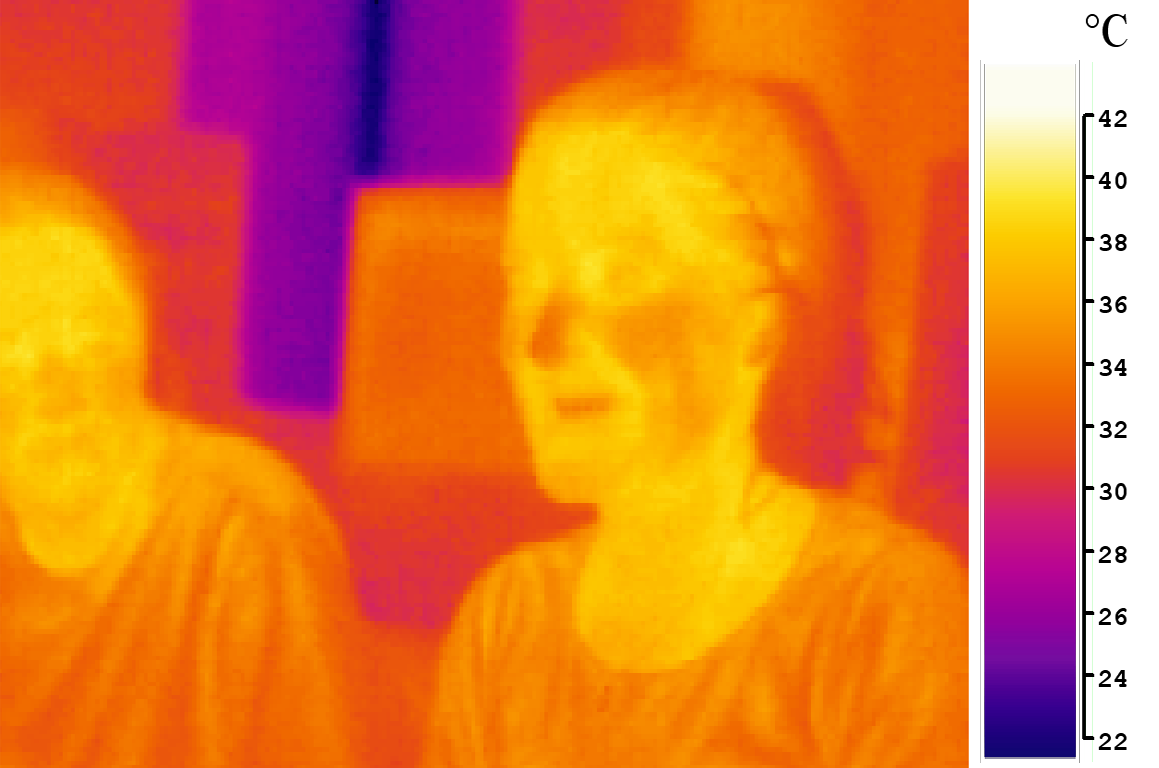
%2C_Cook_Collection.jpg)


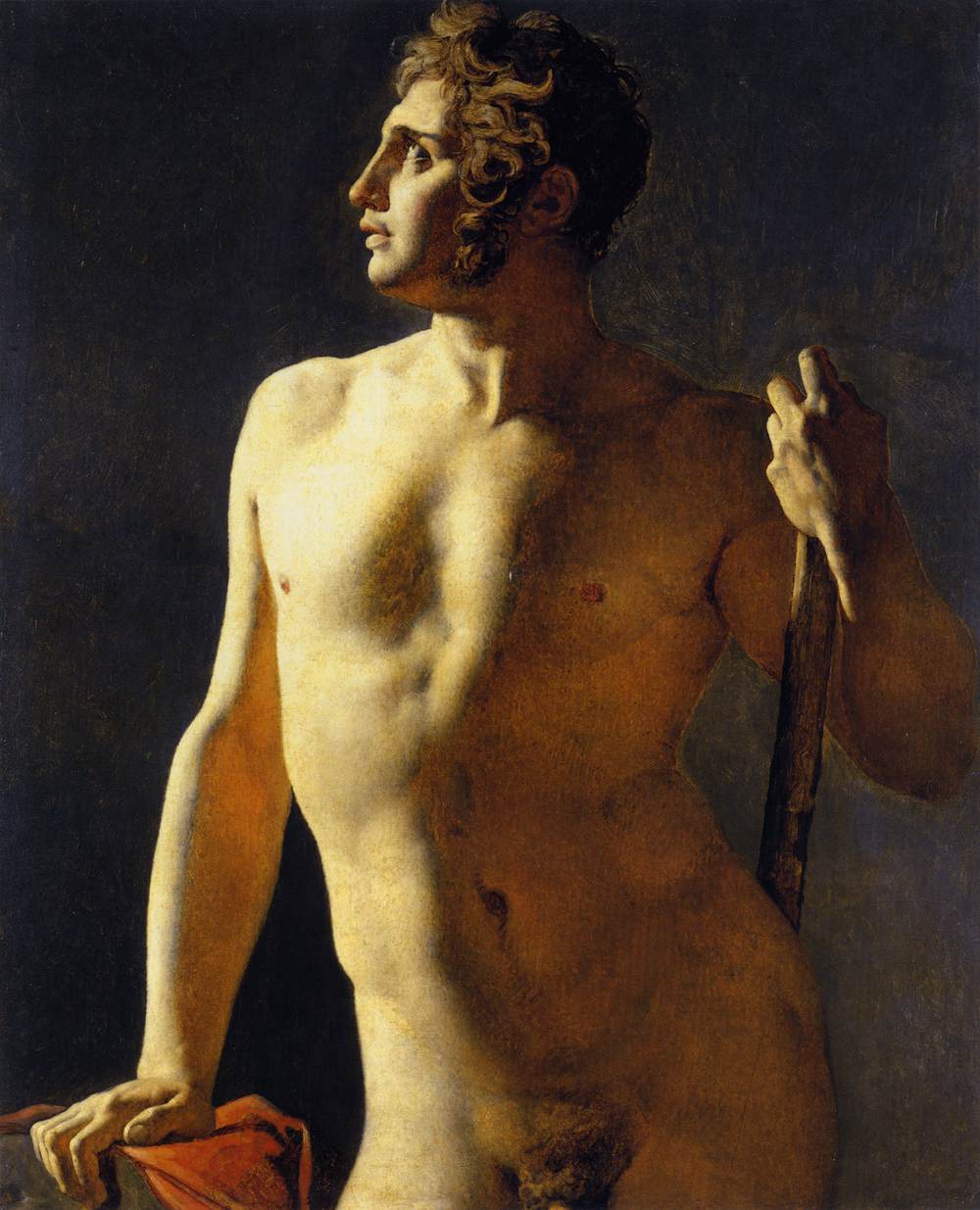
.jpg)
